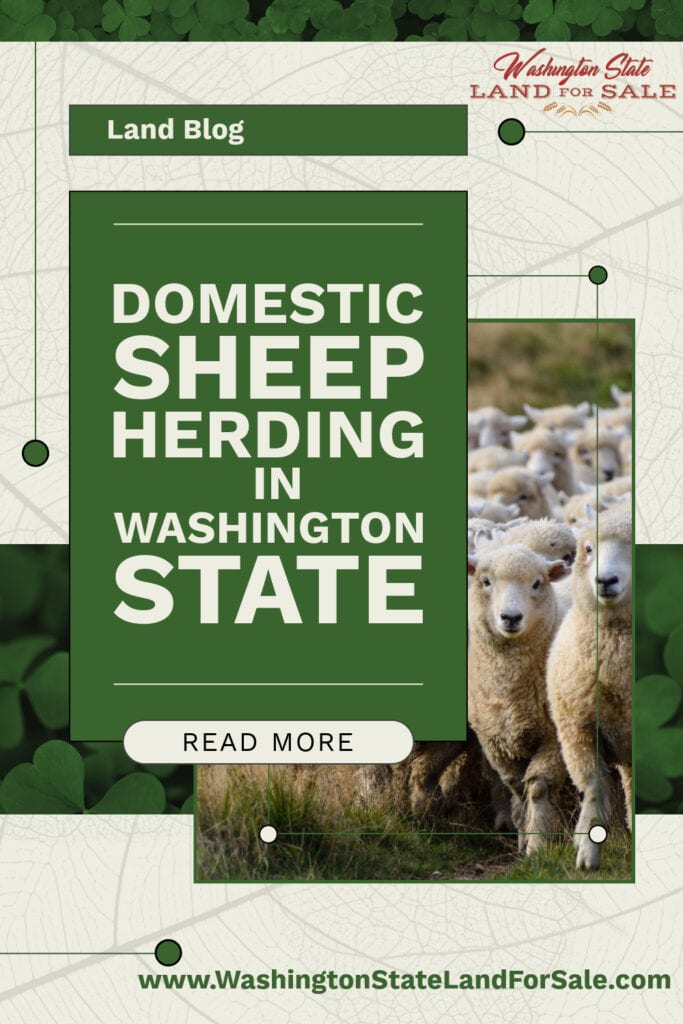Sheep ranching in the Pacific Northwest
is deeply woven into the region’s agricultural tapestry, characterized by expansive landscapes and a rich tradition of husbandry. Dating back to the mid-19th century, pioneers recognized the vast grasslands as ideal for sheep grazing, laying the foundation for a thriving industry.
In the early days
the Pacific Northwest became home to large-scale sheep ranches, particularly in areas like the Yakima Valley in Washington and the high desert regions of Oregon. The completion of the transcontinental railroad in the late 1800s fueled the industry’s growth by providing efficient transportation for both sheep and wool to markets across the nation.
Historically
the focus of sheep ranching in the Pacific Northwest was on wool production, with the Merino breed favored for its fine wool. Over the years, the industry adapted to changing demands and economic landscapes. While wool remains a significant product, there has been a shift toward smaller, specialized operations that also prioritize lamb meat production to meet regional and international markets.
Challenges
such as weather conditions and market fluctuations have spurred innovation in herding practices, veterinary care, and breeding techniques. The modern era sees a renewed emphasis on sustainable land management, conservation, and rotational grazing as ranchers balance economic viability with environmental stewardship.
Today
the sight of sheep dotting the picturesque landscapes of Oregon, Washington, and Idaho remains iconic. Sheep ranching, with its cultural significance and economic contributions, continues to thrive in the Pacific Northwest, showcasing the resilience of the industry and its enduring presence in the region’s agricultural heritage.
